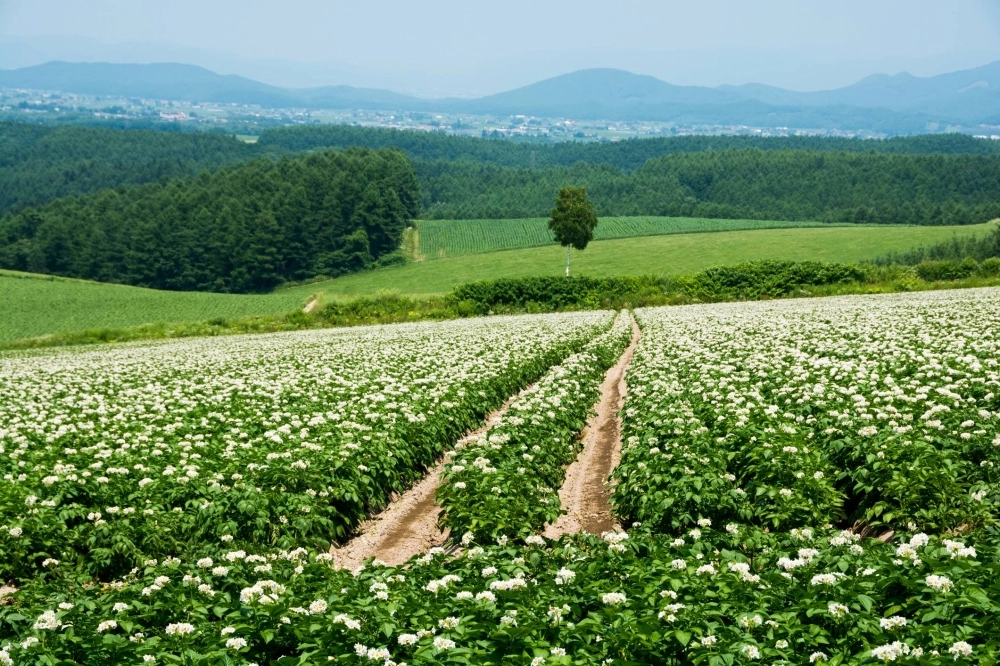Hokkaido may see increased harvests of certain crops due to climate change in the coming years, even though predicted hotter growing conditions and more unstable weather patterns pose further risks to food quality and quantity.
On the plus side, as Japan’s northernmost prefecture becomes warmer, it could become easier to grow more apples and sweet potatoes, agricultural cooperative officials say.
Yields of certain staple crops are also expected to increase, and more types of corn could be grown, according to research by prefectural and national research institutions


















With your current subscription plan you can comment on stories. However, before writing your first comment, please create a display name in the Profile section of your subscriber account page.